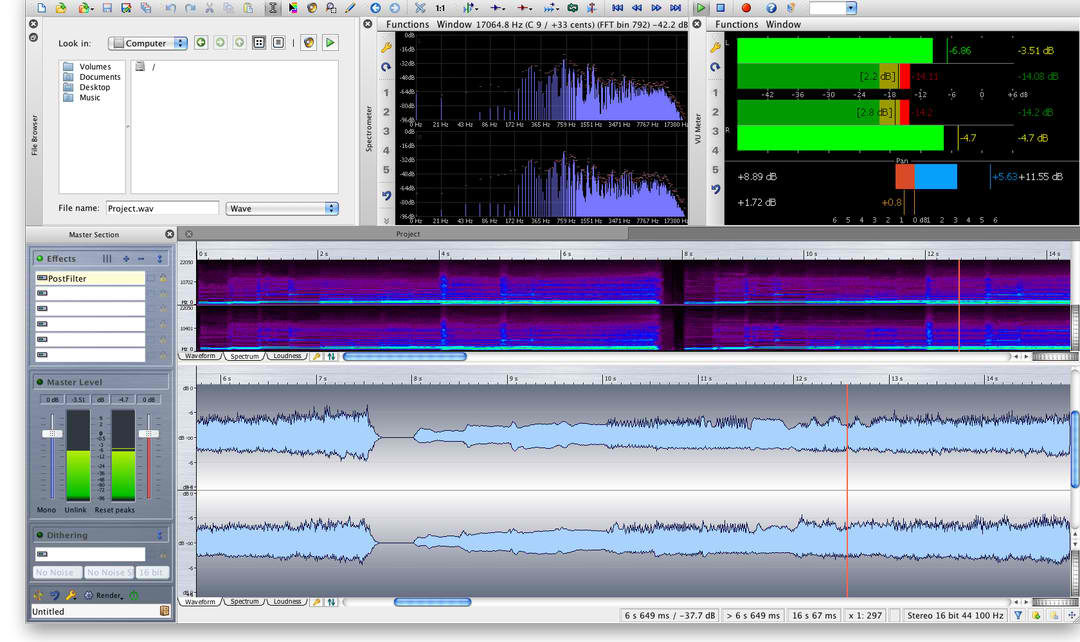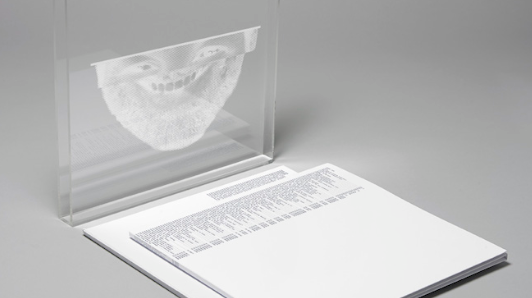Mastering is a bit of a mystery to most people. For some the mystery only goes as far as how it’s done. For most it’s a question of ‘what is it? And what is it for?’
For the latter, here is a beginner’s guide.
Loudness and polish
The most familiar aspect of music mastering for most is the loudness and polishing part. Strictly speaking this is pre-mastering, but common usage has extended the definition of mastering to include this.
This part of mastering is where the mastering engineer takes the final stereo mixdown of a song and uses a number of processes (predominantly EQ and compression) to apply a final polish and bring it up to commercial loudness levels.
Translation
Some mastering engineers consider translation to be the ultimate goal of mastering. Although it should of course be considered at every point down the chain, it is up to the mastering engineer to make the final call on whether or not a mix translates well to as many playback systems as possible.
These considerations are as much a part (if not more) of the processing done at mastering than loudness and polish.
Consistency
Arguably the most traditional aspect of mastering is in ensuring a consistent sound is achieved across an entire album/EP. It’s this consistency that is most often missed by DIY mastering engineers.
Of course every track should be made to sound as good as it can, but if it sticks out sonically it’ll ruin the listening experience. Sort of like spotting a digital watch in a period film – it sends suspension of disbelief crashing down.
This is particularly important for records where songs may have been recorded at different studios with different producers. It’s up to the mastering engineer to coax a consistent sound out of varying recordings. You could say it’s the difference between an album and a collection of songs.
Quality control
Of course, a really great mix can already meet all of the above criteria. In this case the mastering engineer may need to do very little processing, sometimes even none at all.
However, there is still an important role to be played in quality control. Mastering studios tend to have a much higher quality monitoring environment. This, combined with a pair of fresh, experienced ears are crucial in giving a project the final sign off.
Essentially, when a project comes in to a mastering studio, it’s up to the engineer to decide if:
ñ The mix needs tidying up.
ñ It needs to be louder.
ñ It translates well to other playback systems.
ñ There’s a consistent sound across the album.
If it meets all those criteria, then great. If not (as if more often the case), it’s up to the engineer to make sure it does.
image source: wavelab
_______________________________________________________________
Nick Lewis runs Brighton Mastering, an online mastering studio based in Brighton, UK. For more music production tips and opinions, you can read his blog and follow him on Twitter @BTNmastering
________________________________________________________________
Unified Manufacturing is an L.A. -based one-stop-shop that offers very affordable CD/DVD/USB replication, custom printing, promotional products, warehousing and fulfillment and many more. If you need an Instant Quote on a project and you want FREE SHIPPING, simply CLICK HERE.




